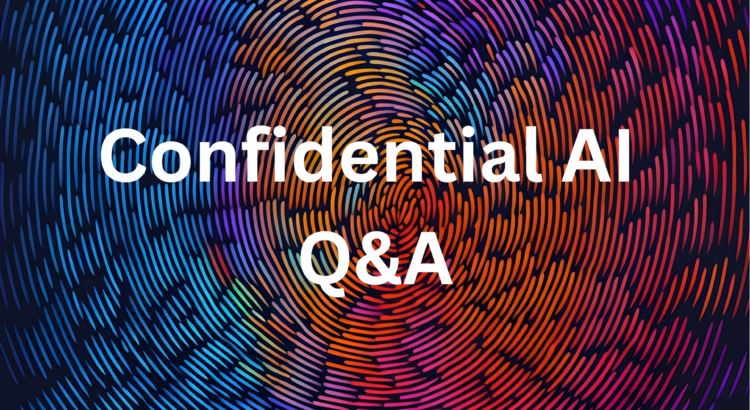
Category: data security

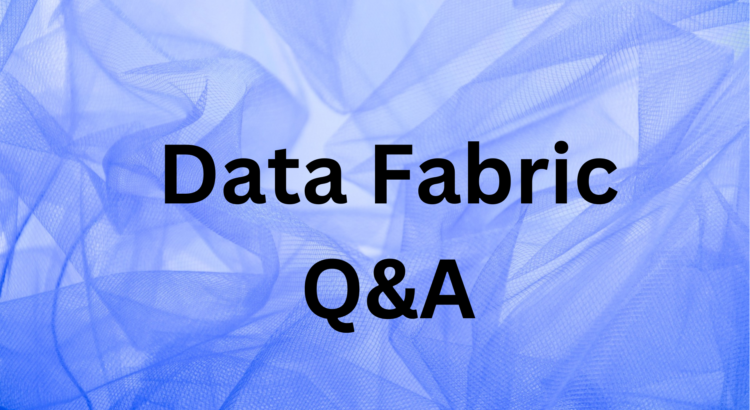
Data Fabric Q&A
Unification of structured and unstructured data has long been a goal – and challenge for organizations. Data Fabric is an architecture, set of services and platform that standardizes and integrates data across the enterprise regardless of data location (On-Premises, Cloud, Multi-Cloud, Hybrid Cloud), enabling self-service data access to support various applications, analytics, and use cases. The data fabric leaves data where it lives and applies intelligent automation to govern, secure and bring AI to your data.
How a data fabric abstraction layer works and the benefits it delivers was the topic of our recent SNIA Cloud Storage Technologies Initiative (CSTI) webinar, “Data Fabric: Connecting the Dots between Structured and Unstructured Data.” If you missed it, you can watch it on-demand and access the presentations slides at the SNIA Educational Library.
We did not have time to answer audience questions at the live session. Here are answers from our expert, Joseph Dain. Read More

Storage Threat Detection Q&A
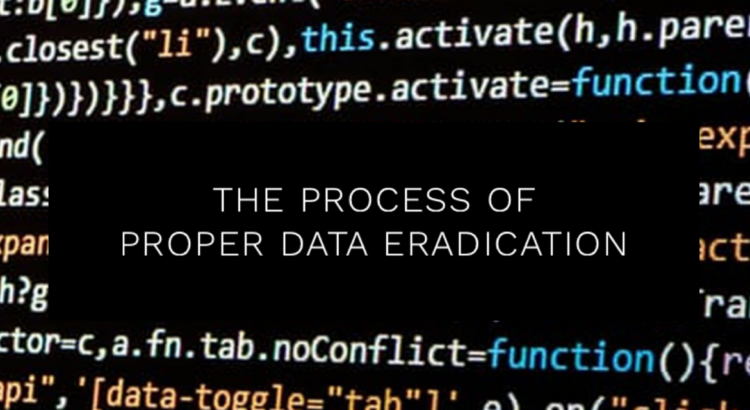
New Standard Brings Certainty to the Process of Proper Eradication of Data
A wide variety of data types are recorded on a range of data storage technologies, and businesses need to ensure data residing on data storage devices and media are disposed of in a way that ensures compliance through verification of data eradication.
When media are repurposed or retired from use, the stored data often must be eliminated (sanitized) to avoid potential data breaches. Depending on the storage technology, specific methods must be employed to ensure that the data is eradicated on the logical/virtual storage and media-aligned storage in a verifiable manner.
Existing published standards such as NIST SP 800-88 Revision 1 (Media Sanitization) and ISO/IEC 27040:2015 (Information technology – Security techniques – Storage security) provide guidance on sanitization, covering storage technologies from the last decade but have not kept pace with current technology or legislative requirements.
New standard makes conformance clearer
Read More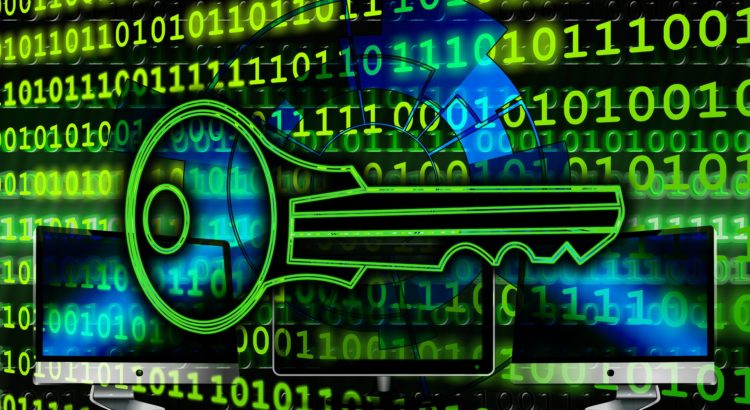
Keeping Edge Data Secure Q&A
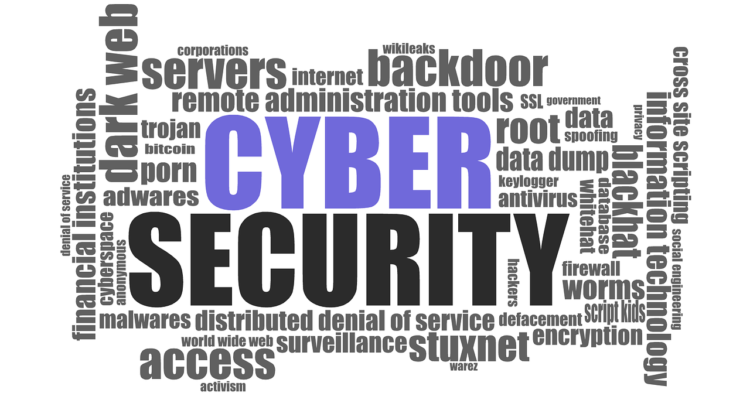
Experts Discuss Key Edge Storage Security Challenges
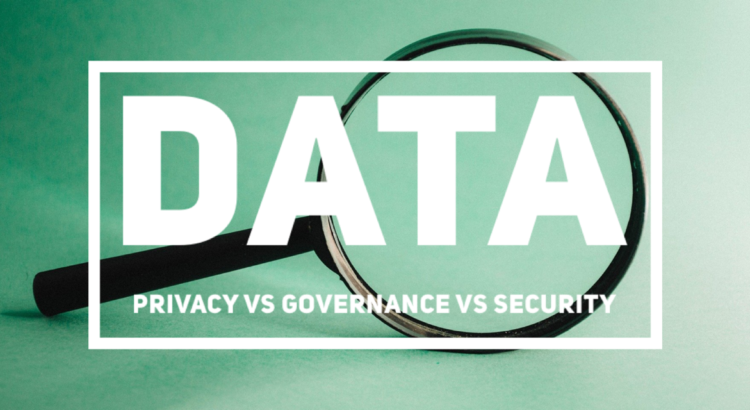
Understanding How Data Privacy, Data Governance, and Data Security Differ
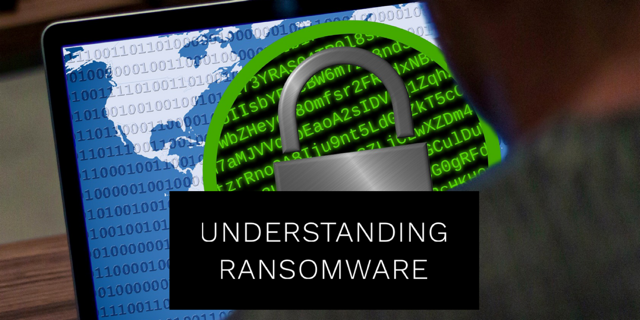
Understanding Ransomware
Ransomware is a malware attack that uses a variety of methods to prevent or limit an organization or individual from accessing their IT systems and data, either by locking the system’s screen, or by encrypting files until a ransom is paid, usually in cryptocurrency for reasons of anonymity.
By encrypting these files and demanding a ransom payment for the decryption key, the malware places organizations in a position where paying the ransom is the easiest and most cost-effective way to regain access to their files. It should be noted, however, that paying the ransom does not guarantee that users will get the decryption key required to regain access to the infected system or files.
Read More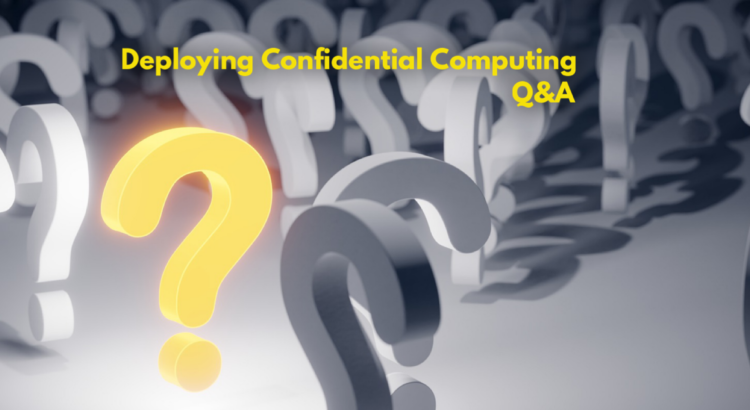
Deploying Confidential Computing Q&A
